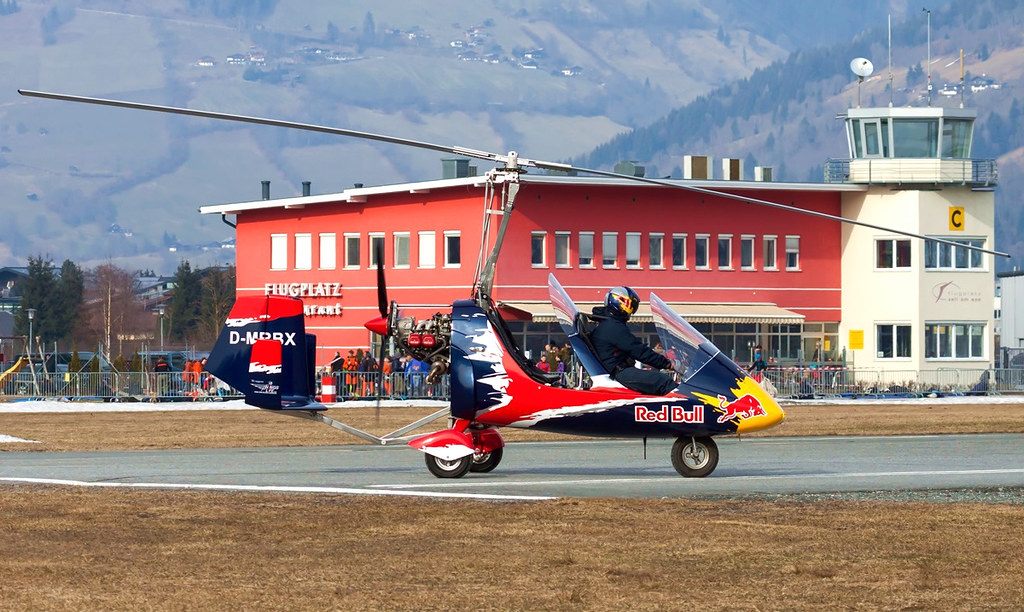Anything and everything to do with autogyro flying and operations.

Auto Gyro MTA-Sport D-MRBX as seen at Zell am See Airport in Austria on 23rd March 2013 (Photo: Soos Jozsef)
Our special thanks to Jozsef for this wonderful photo!
Grazie mille!

Auto Gyro MTA-Sport D-MRBX as seen at Zell am See Airport in Austria on 23rd March 2013 (Photo: Soos Jozsef)
Our special thanks to Jozsef for this wonderful photo!
Grazie mille!



Comment